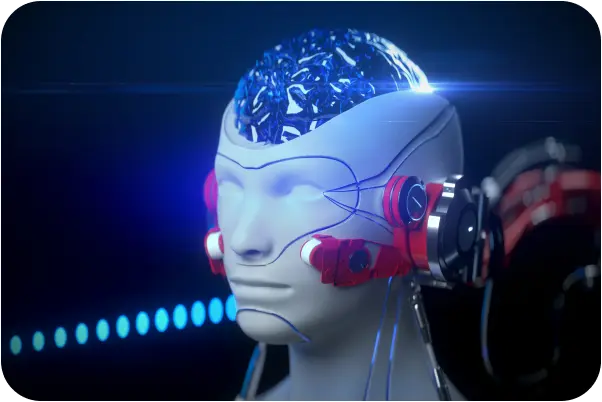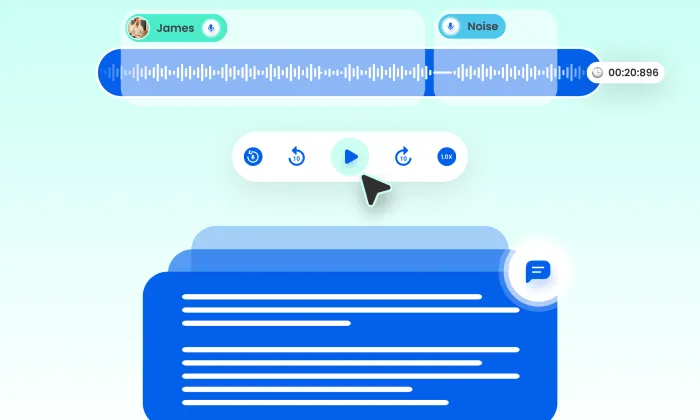How many audio hours are typically included in a doctor dictation dataset?
Speech Recognition
Healthcare
Medical Transcription
Doctor dictation datasets are essential for developing advanced medical applications, especially in automated speech recognition (ASR) and natural language processing (NLP). These datasets contain clinical voice recordings where clinicians verbally compose chart notes, providing a rich source of medical terminology and structured documentation. FutureBeeAI takes pride in collecting, transcribing, annotating, and quality-assuring these datasets to enhance medical ASR, NER, summarization, and voice-to-structured data processes.
Audio Hours Range in Doctor Dictation Datasets
Doctor dictation datasets typically contain between 50 to over 1,000 hours of audio, depending on the intended use case and dataset comprehensiveness. Here's a concise breakdown:
- Starter Datasets: Include about 50 to 150 hours of audio. These are ideal for initial model training or small-scale applications, featuring recordings from approximately 100 to 300 speakers.
- Standard Datasets: Contain 200 to 600 hours of audio, encompassing recordings from 300 to 800 speakers. These datasets are suitable for developing more sophisticated models requiring diverse inputs.
- Enterprise Datasets: Exceed 1,000 hours of audio and include recordings from multiple regions and languages. These datasets support comprehensive training for complex models, catering to large-scale implementations.
Importance of Dataset Size in ASR Applications
The size of a doctor dictation dataset significantly impacts ASR and NLP model performance for several reasons:
- Model Performance: Larger datasets provide a wider variety of examples, enhancing the accuracy and robustness of ASR models. This is crucial in medical contexts where terminology varies across specialties and regions.
- Speaker Diversity: Diverse speakers improve a model's ability to understand different accents and speech patterns, aiding in the generalization of real-world applications.
- Data Quality: More audio hours allow for extensive quality assurance processes, ensuring accurate and reliable transcriptions. FutureBeeAI excels in this area by implementing rigorous QA workflows, targeting over 98% transcription accuracy and less than 0.5% terminology error rate.
Audio Collection Methods for Datasets
Collecting audio for doctor dictation datasets requires strategic planning:
- Clinician Recruitment: FutureBeeAI recruits licensed clinicians to ensure authentic and relevant dictations. Compliance with HIPAA and other regulations is strictly observed.
- Recording Conditions: Ideal recordings are made in quiet environments. However, light background noise might be included to improve model robustness, with strict guidelines to avoid PHI exposure.
- Quality Assurance: Each audio file undergoes comprehensive quality checks, assessing clarity, accuracy, and adherence to technical specifications like sample rate and bit depth. These checks ensure the dataset meets the high standards required for medical applications.
Key Considerations When Building Datasets
Creating a doctor dictation dataset involves several critical decisions:
- Balancing Audio Lengths: Short clips capture concise dictations, while longer recordings offer richer context. A mix of both is often ideal.
- Ensuring Speaker Representation: Diverse speaker backgrounds, including specialties and accents, are crucial for developing inclusive ASR systems.
- Annotation Depth: Deciding on transcription detail levels is essential. Verbatim transcriptions capture every utterance, while cleaned versions improve clarity by omitting fillers and corrections. FutureBeeAI offers both options based on client needs.
Common Challenges in Dataset Creation
Teams often face challenges in building doctor dictation datasets:
- Complexity of Medical Language: The dense and nuanced medical terminology can be challenging to capture accurately without expert oversight.
- Ensuring Diverse Scenarios: Relying on a narrow range of dictations limits a model's generalization capabilities. Inclusion of various clinical scenarios is vital for training effective ASR systems.
- Maintaining Quality Control: Skipping or insufficient QA can compromise the dataset's integrity, leading to higher error rates in downstream applications.
For projects requiring comprehensive doctor dictation datasets, FutureBeeAI is your trusted partner, offering scalable and reliable solutions tailored to enhance medical ASR and NLP model performance.
Smart FAQs
Q: What defines a high-quality doctor dictation dataset?
A: A high-quality dataset includes diverse audio recordings, accurate transcriptions, rich metadata, and strict compliance with industry standards. It should cover various specialties and include a range of audio durations.
Q: How does speaker diversity enhance ASR models?
A: Diverse speakers ensure that ASR models can successfully interpret different accents and speech patterns, ultimately improving accuracy and robustness in real-world applications.
What Else Do People Ask?
Related AI Articles
Browse Matching Datasets
Acquiring high-quality AI datasets has never been easier!!!
Get in touch with our AI data expert now!








